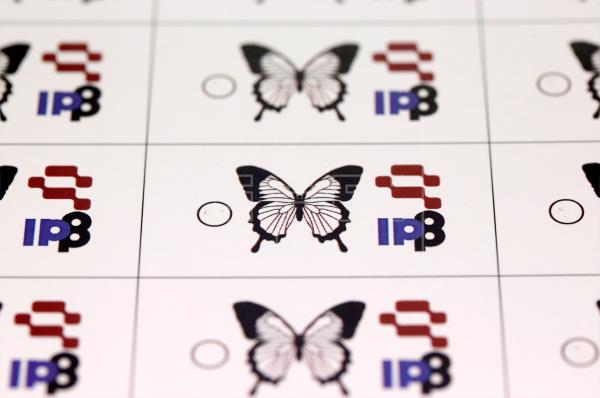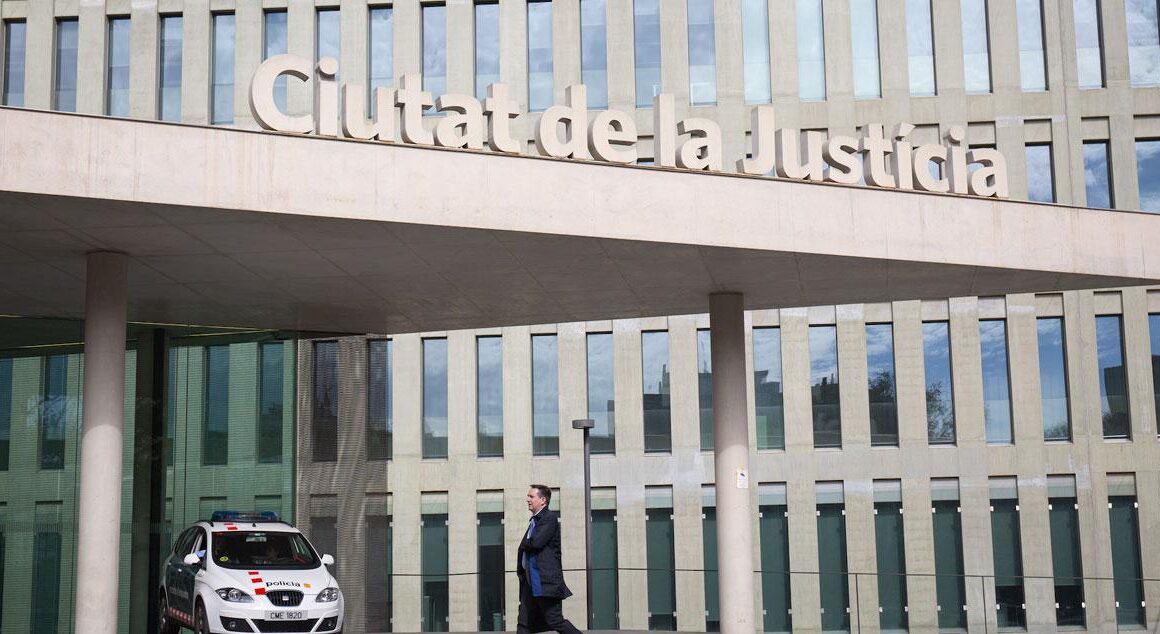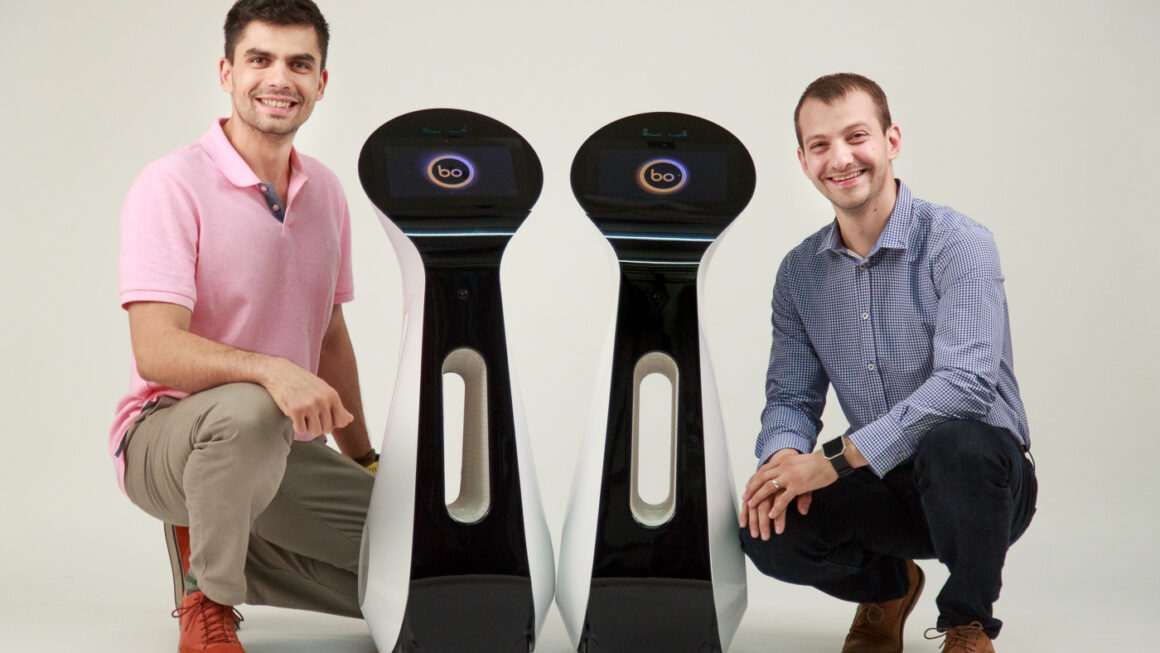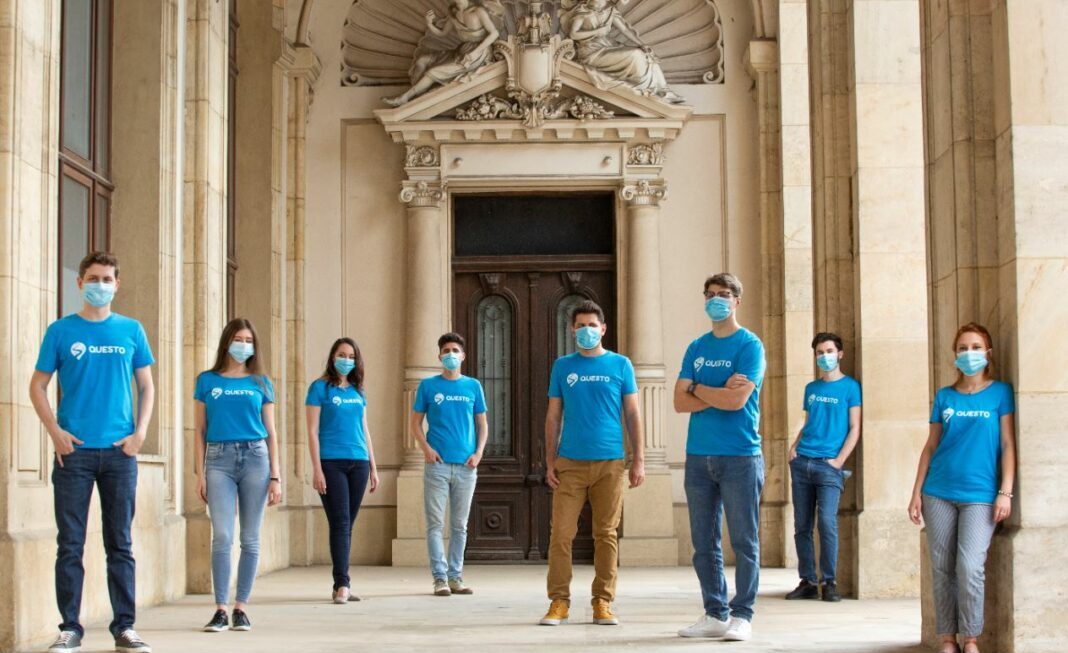The tiny scales that give butterflies their vibrant color could hold the key to protecting credit cards, keys, documents and even artworks from forgery in the future.
The secret behind the scales was unlocked by investigators from the Institute of Physics Belgrade, who developed Teslagram technology capable of revolutionizing the anti-forgery industry with the help of these microscopic biological layers.
Each tiny scale is unique, just like human fingerprints, and no technology that exists is capable of making replicas of them.
“The scales have distinctive patterns that make them unique. Due to the fact that they are very small it is not possible to copy them,” Marija Mitrovic Dankulov, the director of the innovation center at the institute told Efe, who added they were “like small 3D holograms.”
Another advantage of using these scales is that very few butterflies are needed to protect a huge number of items.
“One butterfly has between one and two hundred thousand scales. One scale is enough to protect one object,” said Mitrovic Dankulov.
The scales are removed from the wings of a butterfly once it has died in a way that leaves them whole so that they can be applied to items needing protection. The way that a scale is adhered securely to a surface differs depending on the material, something that still presents a challenge for the scientists.
For now, Teslagram has been developed to protect credit cards as well as keys to hotel rooms, cars, nuclear power stations, organisms that keep sensitive data or other facilities of high importance to the State.
This biological technology could also be used to protect artworks as the small size of the scales doesn’t alter the look of a painting or sculpture, and provides a museum with a guarantee against any attempt to forge a piece.
The field across which this technology can be applied is vast, and in the future it could be used to protect paper money and designer goods like wristwatches, glasses, clothes and even medicine. And lots of butterfly species can be used with Teslagram technology.
It all started in 2010 with an investigation into butterfly coloring, which paved the way to the discovery of the potential of scales in the fight against forgery.
The iridescent colors of the wings is not down to pigment but the effect of light interacting with the nanostructures of the scales, and they change depending on the angle of view. For this alone, they are a natural hologram that cannot be copied.
“The complexity on one scale is enough that even a part of a scale is sufficient to protect an object,” Dimitrije Stepanenko, a scientist at the institute, told Efe.
Stepanenko said no protective element currently in use is as effective as a butterfly scale.
“If you figure out once how to print a hologram on a bank note you can print a lot of 100 EUR bank notes… If you figure out how to copy a scale, which we don’t think is possible, but let’s imagine it is, you can make only one bank note… But for the second bank note you will need a new scale, a different one,” he said.
He said in the case of banknotes, scales could work well in conjunction with other security methods that already exist, but for keys they could be used as the sole means of protection.
The first commercial clients of a system based on keys protected by Teslagram technology could be secured within less than a year.
The researchers have also developed a reader that identifies the item being protected by any given scale.
A team of 30 scientists, including physicists, biologists, mechanical engineers and programmers were involved in developing the technology, named Teslagram in homage to Serbian-American inventor Nikola Tesla. E
This article originally appeared on EFE
Main photo by: EPA-EPA/ANDREJ CUKIC








